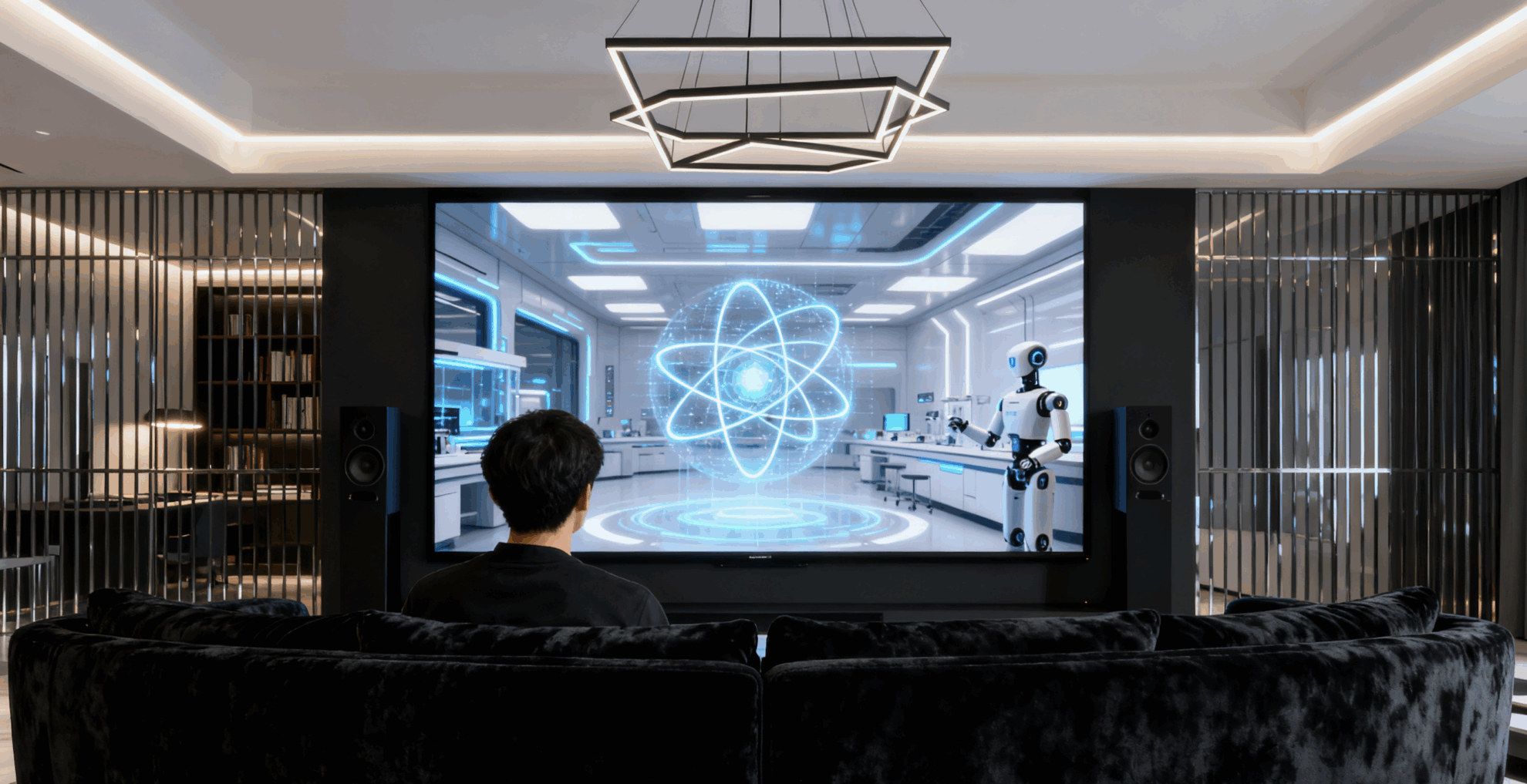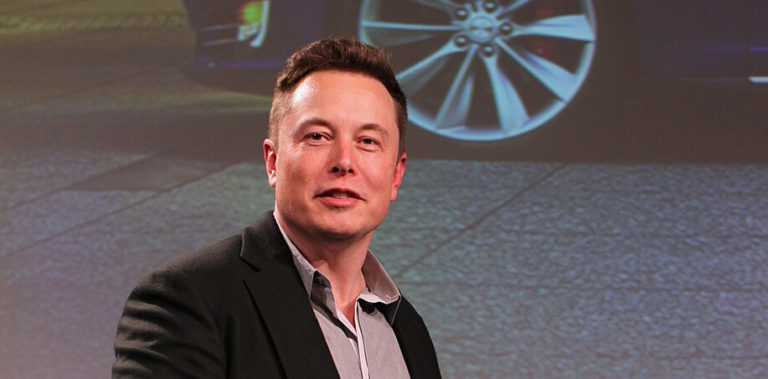A Cosmological Experiment Verifies That the Entire Universe Is a Code Written by an Advanced Civilization?

By Zeeya Merali
Translation | Wang Jingpeng
Proofread by Wu Fei
Source | Scientific American
By Super Neuro
Are humans, all life, and even the universe we live in real? Or are we, like in The Matrix, just part of a virtual system created by other developers?
For this seemingly bizarre conjecture, some physicists believe that they may have a way to verify it through observation.
In the 1999 science fiction film "The Matrix", the protagonist Neo is surprised to discover that people can violate the laws of physics, or fly over eaves and walls, or suddenly disappear.
These phenomena that violate the laws of the universe do exist in the movie world, because Neo does not know that the "world" he lives in is actually a virtual reality system developed by emotional machines, and his consciousness is embedded in this system called Matrix in the system.

The whole story begins from that moment: Neo is faced with a choice between two destinies - choose the red pill or the blue pill.
If he chooses the blue pill, he will return to the virtual world of the Matrix and continue to live an ignorant life; if he chooses the red pill, he will understand the truth of the Matrix and know "how deep the rabbit hole is."
Physicists can now offer us the same choice -Using cosmic rays to test whether we live in our own "Matrix".Although it sounds unrealistic now, philosophers have been arguing about this for a long time.
Some philosophers have suggested that we are more likely to be artificial intelligences trapped in a virtual universe than the “real” individuals we think of ourselves as.
If this is true, then the laws of physics would allow us to design technology that checks reality in this way, and it would have nothing to do with the underlying rules of the metaverse our "simulator" exists in. To us, these developers are "gods" who can distort our reality at will. So, should we say yes to the offer to take the red pill and learn about reality?
The reality we hold
Our first attempt at cosmic reality was in 2001. At the time, important advances in the computational work required to simulate cosmic scales made it seem possible to test this.
Seth Lloyd, a quantum mechanics expert at MIT, estimated the “computational effort” of all events in our universe from the Big Bang to the present day. His conclusion is:In order to reproduce the universe and achieve a perfect simulation effect even at the atomic level, these calculations require more resources than the entire universe has.
“The computer would be bigger than our universe, and it would run slower than the real universe,” Lloyd said. “So why would we build it?”

However, others soon realized thatCompleting an "imperfect" replica of the universe that is good enough to fool the general public would save most of the computing effort.In this false world, whether it is a distant celestial body or the microscopic world, they are all designed by developers to cope with the research of human scientists. Once no one observes them, these things will disappear.
In theory, we should never detect these vanishing features, but this could also be because the simulator renders them anew every time we observe them.
Because of these perceptions, we are horrified to discover thatThe idea of creating a virtual universe is not impossible.Today's supercomputers have roughly simulated how the early universe grew and evolved from its infancy. However, even though our technology has advanced rapidly in the past 10 years - for example, the processor in your mobile phone is more powerful than the processor NASA used to land on the moon - such technological progress still cannot meet the requirements of simulating intelligent life.
“Within a century, our team could be able to add humans to our simulations,” says Silas Beane, a nuclear physicist at the University of Washington in Seattle. They have already developed a rudimentary simulator that simulates the process by which protons and neutrons combined to form atoms in the early universe.
Legal and social norms may soon oppose our creation of a sentient, human-inclusive universe. But our technological prodigies of later generations may find the temptation to play God irresistible.
They may have created a glut of “pet universes”—far more than the real universe. This idea inspired Oxford philosopher Nick Bostrom, who concluded in 2003 that we are more likely to be silicon-based artificial intelligences than carbon-based organisms in the real universe. Although there seems to be no way to tell the difference, the bestselling author doesn’t need to be very precise.
Get the facts
Things took a turn for the better in 2007. Professor John Barrow, a data scientist at the University of Cambridge, proposed that imperfect simulations of reality often produce small errors. Like your computer, the operating system of the universe also needs to be constantly upgraded in order to keep working.
As we go down the simulation levels, Barrow thinks we might see quantities in nature that are supposed to be constants — like the speed of light, or the fine-structure constant that describes the electromagnetic force — inexplicably drift away from their “constant” values.
In 2012, Beane proposed a more specific method to test the "cosmic simulation hypothesis." Most physicists believe that our space is continuous and smooth and can extend infinitely. But when scientists modeled the early universe, they could not easily reconstruct a cosmic background that was smooth enough to accommodate atoms, stars, and galaxies. Their solution was to build a virtual space composed of a network of frames, just like pixels make up a TV image.

The team calculated the movement of particles in their simulated world and found that the energy of the particles is related to the spacing of the lattice points: the smaller the grid size, the higher the energy of the particle. This means that if our universe is simulated, then we would observe that the fastest particles have the highest energy. In fact, astronomers have noticed that in the cosmic rays that continuously arrive at Earth from distant galaxies, high-energy particles always arrive at Earth with an energy of 1020 electron volts.
There is another phenomenon in the simulated lattice that can be observed by astronomers. If space-time is continuous, cosmic rays will not be affected by the grid in space, and the rays should come from all directions of the universe evenly.If we lived in a lattice-based simulation, we wouldn't see this uniform distribution.If a physicist were to observe this kind of inhomogeneity, it would raise questions about the very existence of our universe.
??? Who wrote this for us???
To answer these questions, astronomers need more cosmic ray data. For Beane, both results seem acceptable. "Our universe is a simulation" and "our universe originated from the Big Bang" are the same to him. But this is because Beane imagines that simulators are purely for understanding the universe and do not want to interfere with their simulations.
Unfortunately, our omnipotent “God”’s simulators might program us into a cosmic-scale reality show—the kind where they can manipulate the rules of the game just for their entertainment.

The strange conclusions don’t end there. Our simulator may itself be a simulation, a series of rabbit holes, each with different underlying physical rules. “If our world is indeed a simulation, then logically we are not measuring the true laws of nature, because we are only measuring the ‘artificial laws’ of the simulator, which is really frustrating!” Beane said.
Cosmic rays might reveal whether we are just lines of code in a man-made Matrix, where the laws of physics can be bent or broken. But what if that knowledge means you never know whether you are real or imaginary - would you still want to know?

